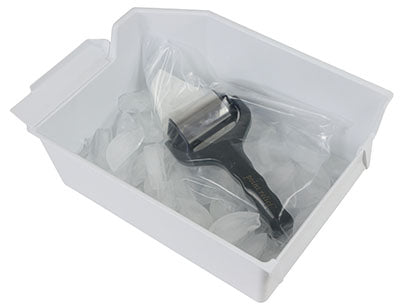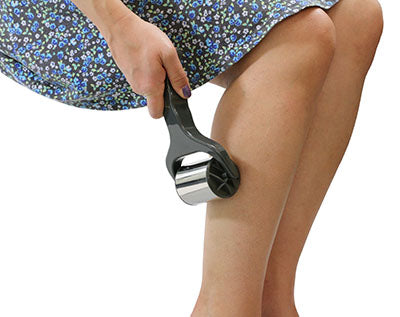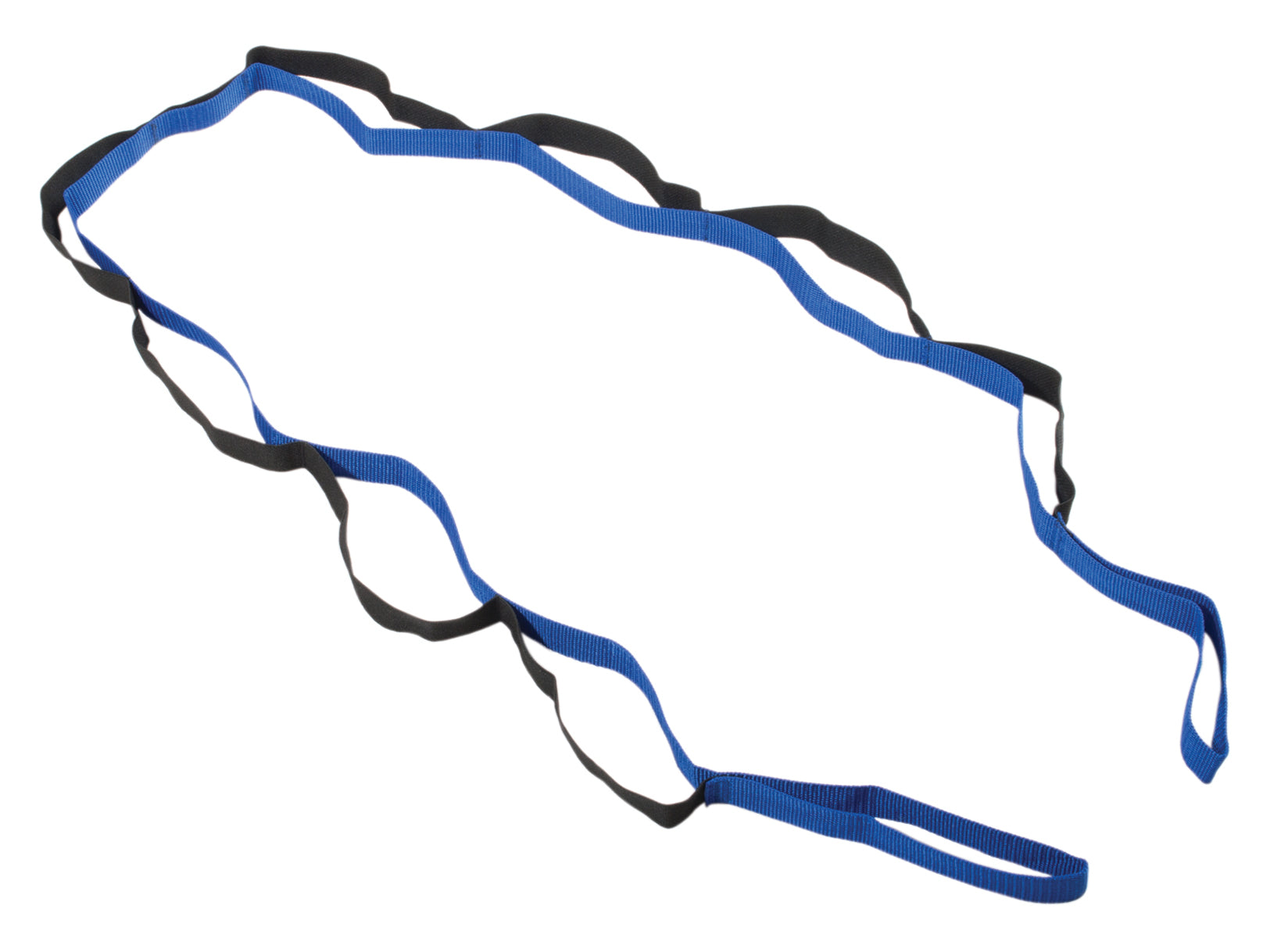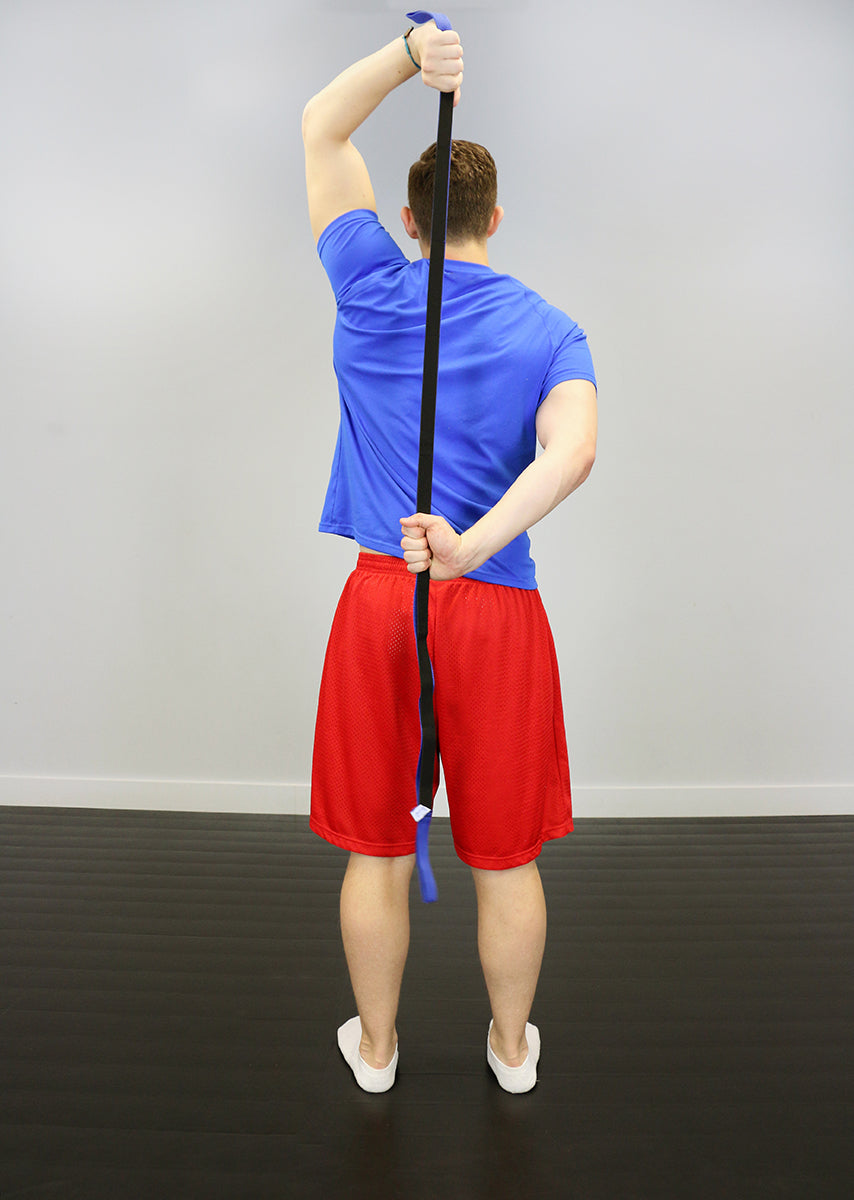I started lifting weights in 1976. I was fifteen and very fortunate to have had my initial workouts closely watched by older experienced powerlifters who were never slow in correcting me if they thought my ego was getting ahead of my abilities. So it was a steady course of meat and potatoes lifting for me—all the basics with squat and deadlift being the main course.
I never thought about osteoarthritis.
Unbeknownst to me, this regular dose of lifting and a life of contact sports combined with an apparent predisposition to arthritis put quite a dilemma in my lifting and life. As a kid sliding on the kitchen linoleum, I do remember knees together with feet flared out to the sides and often sitting watching the television in the exact same position. All this takes a toll.
Having survived contact sports with no injuries to the knees and having reached my fifties in reasonable condition, I started to experience knee pain during and after Olympic lifts, squats, and deadlifts (movements I love). I tried anti-inflammatory medication and gels with no luck.
Knee sleeves helped during the sessions, but the next forty-eight hours were not great; even walking around for a period of time resulted in me limping the last part of any walk.
So, I turned to medical intervention. The MRI showed significant degeneration on the medial side of my right knee, and the initial response from the doctor was, “Well, you can always just train upper body,” and this from a sports medical centre. I persisted since I knew how important this style of lifting was for my physical and mental health. The doctor then suggested an
Unicompartmental Knee Replacement, which is basically a half knee replacement.
I researched further with my doctor, and he suggested some far less invasive measures, Autologous Blood Injection (ABI) and Platelet Rich Plasma (PRP) Injection. These procedures are detailed below. The information is taken verbatim from
Melbourne Radiology Clinic's website.
Autologous Blood Injection
The procedure of ABI takes approximately 5 minutes and involves the use of an ultrasound machine to guide the needle into the correct location and safely.First the skin is cleansed and prepared. Local anaesthetic is then injected into the skin overlying the tendon. Blood withdrawn from one of the arm veins is then injected directly into the tendon. The amount of blood injected depends on the size of the tendon. The procedure is at this point over and the needle injection site is then dressed with a small bandage.
Platelet Rich Plasma Injection
A PRP injection is similar to an ABI, with the only difference being that a larger amount of blood is withdrawn from an arm vein. The blood is then placed into a tube, which in turn is placed into a machine called a centrifuge, which spins many thousand times a minute. The blood is left to spin for 15 minutes. At this point, the cells in the blood have separated from the fluid component of blood (plasma) into the three main cell types: red blood cells, white blood cells and platelets. The platelets are then selectively removed and used for injection. In this way, the theoretical benefit is that a greater concentration of platelets is delivered into the damaged body part than if whole blood was given alone (approximately 8-10 times greater concentration). There is, however, no scientific research documenting this benefit at the time of writing.Once again, it was a miss. The surgical intervention was starting to look like the only way. Another surgical treatment suggestion was a Tibial Osteomy, which re-aligns the joint, attempting to alleviate the bone on bone problems of the existing alignment. Decision time was drawing in as I boarded a plane to do some pre-season consultancy work with the Stade Francais rugby club in Paris, France. So I put the decision off until I was back on home soil. During my time at Stade, we went on a camp to Heidelberg, Germany, staying at the Wild Rugby Academy. It's there I happened to pick up a physiotherapy equipment book and found a selection of braces. Writing down the details, I finished my wonderful three months in France and headed home to ask about the brace.Unfortunately both procedures did not produce the results that I needed to be able to lift once again, I was starting to feel some depression like symptons, kept at bay by upper body training and being able to still work in the industry I love. Time to investiagte a different strategy, I have had my fair share of cortisone shots but felt that something more needed to be done to get more permanent results, so enter Synvisc, “an injection directly into the knee joint, the injection contains a gel-like mixture made froma substance called hyaluronan that comes from chicken combs”.

Ureka. I was fitted for the brace and was able to squat with an empty bar immediately with no pain. The journey back to being normal once again had started. I purchased the brace, and now, after three weeks and some slight adjustments, I am very happy with my progress in the gym. I have had to have the bar slightly forward compared to my normal position in the power snatch to avoid catching the brace on the way up, but this has not been too much of an issue as I gradually build up the load. Squatting and deadlifting have been fine with all variations, so I am extremely happy with that. I'm starting to gradually load as I get used to the feeling once again.
I also an article by Scott Dixon incorporating rest periods into the equation to ensure that my progressions were not insane based on my desire to get back. In the words of my strength coach at Edinburgh Rugby, “slowly, slowly, catchy monkey."
So three weeks of lower body training, after almost three years of not being able to do any more than a few light trap bar deadlifts and some single-leg leg press, I am confident to push forward.
This morning I did the following:
- 10x3 reps @ 70% on Power Snatch—going every 90 seconds
- 4x6 reps @ 70% on
Safety Bar Box Squat to slightly above parallel —going every 2 minutes






































































